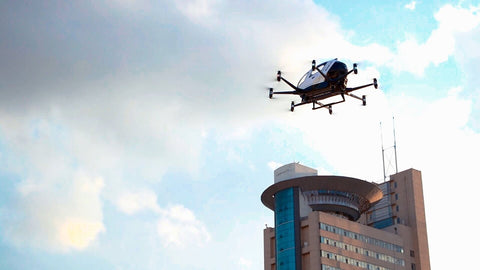Use NASA's multi rotor test bed to test air taxis, UAVs, etc

The daily commute of city residents is likely to take off soon and the rotor of an air taxi will rotate as it rises from the roof, media reports. To meet the coming era of air travel, so-called urban air mobility, and many other applications, NASA has developed a flexible way to test new designs for airplanes that use multiple rotors. The multi rotor test bed (MTB) will enable researchers to study various rotor configurations for different aircraft, including tilt rotor aircraft, medium-sized UAVs and future air taxis. The video shows a mountain bike set up in a four rotor configuration during a recent demonstration in the army's 7-by-10-foot wind tunnel at NASA Ames Research Center in Silicon Valley, California. When rotating, the rotor moves in the forward direction similar to the aircraft and upward direction similar to the helicopter, which can simulate vertical takeoff and hover. The whole structure is also tilted, imitating the different directions of the aircraft. To highlight this range of motion, start at 0:38 and display the video at 8 times the normal speed.
By making these adjustments and measuring the load on a single rotor, the test bench will provide a large amount of data on the aerodynamics of a multi rotor configuration array. Developed in Ames, MTB will be used by NASA's aerospace researchers and agency's partners in industry, academia, and government to evaluate new multi rotor aircraft concepts. The data collected by MTB can be used to verify the computer simulation used to study multi rotor system and improve its performance and noise prediction. Recently, the mountain bike was tested in the army's 7 by 10 foot wind tunnel in Ames, indicating that it is ready to move forward as a test resource.